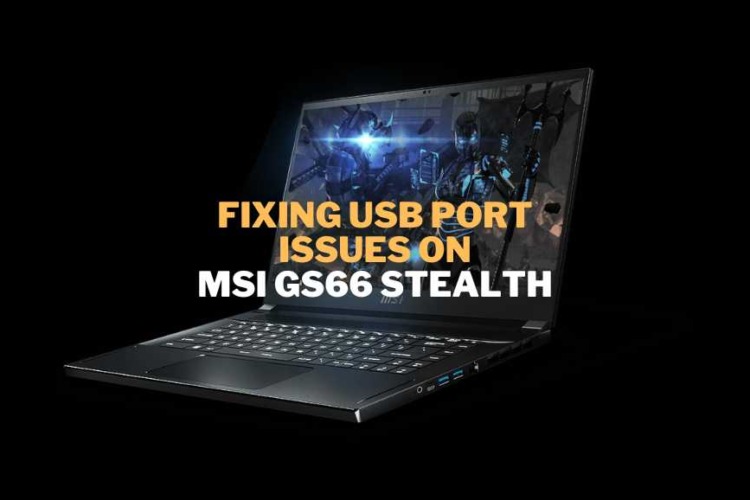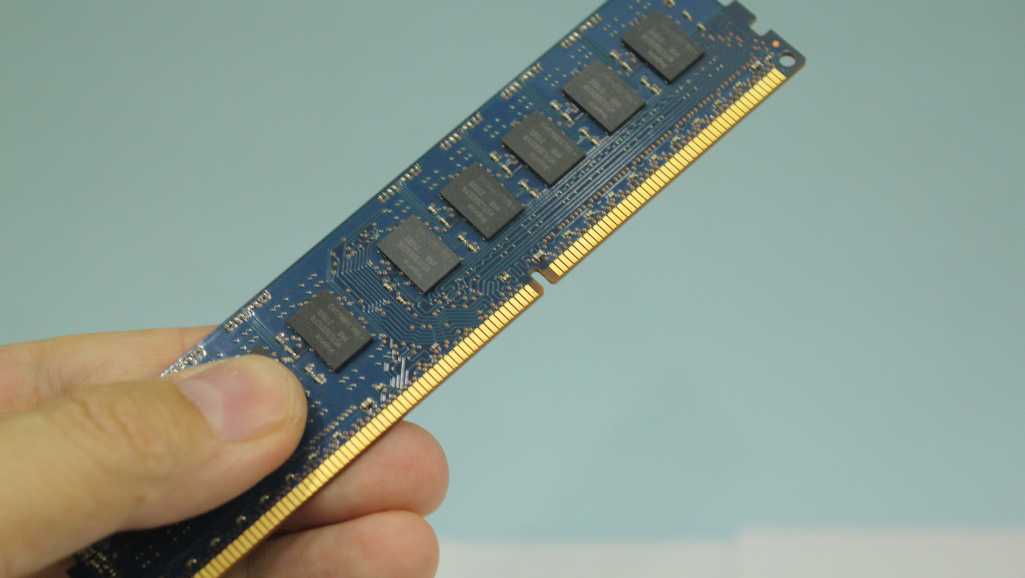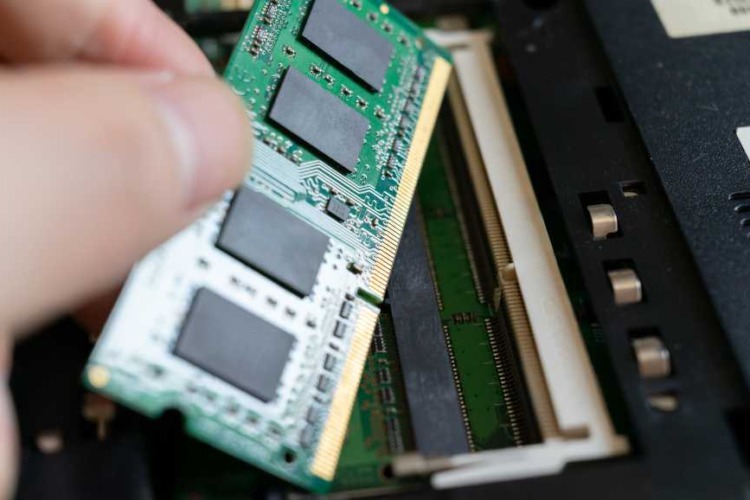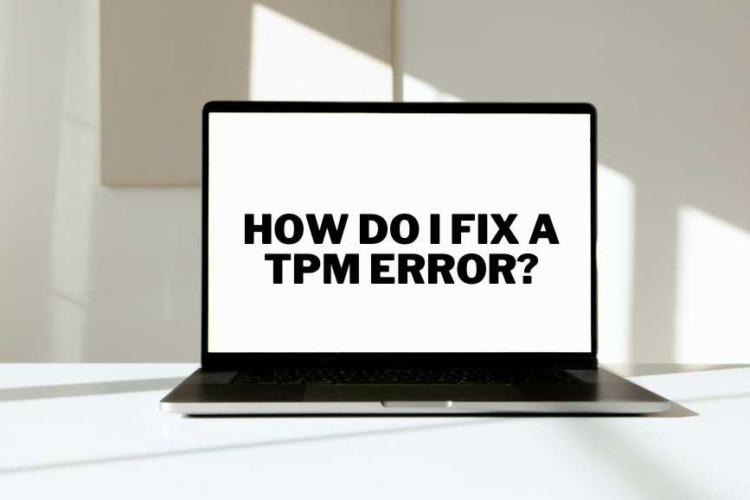
Fixing USB Port Issues on an MSI GS66 Stealth
The MSI GS66 Stealth is a powerhouse in the world of gaming laptops, known for its sleek design, powerful performance, and advanced features. It’s a

Remember, optimizing RAM timing can significantly enhance your system’s performance, but it requires a careful balance to avoid system instability.Understanding and optimizing RAM timing is not just about seeking the lowest numbers. It involves a balance between performance and stability, ensuring that your system can handle the tasks you throw at it without compromising on reliability.
Ensuring your RAM timing is properly configured can significantly improve your computing experience, making tasks more efficient and reducing the likelihood of system crashes or slowdowns.It’s important to note that incorrect RAM timing settings can lead to conflicts, causing system instability or even hardware damage. Therefore, understanding and correctly setting your RAM’s timing is not just about boosting performance but also about protecting your investment in your computer’s hardware.
Note: These symptoms can also be indicative of other hardware or software issues. It’s important to conduct a thorough diagnosis to isolate RAM timing as the culprit.By understanding these common symptoms, users can take the first step towards resolving potential RAM timing conflicts. Remember, early detection is key to maintaining a stable and efficient system. Adjusting BIOS settings or consulting with a professional may be necessary to address these conflicts effectively.
It’s crucial to run these tools after making any changes to your RAM’s timing settings to ensure stability and performance.Identifying the correct timing parameters for your RAM is essential for system stability and performance. Adjusting these settings without proper diagnosis can lead to system instability or even hardware damage. Therefore, using diagnostic tools to understand your system’s RAM timing before making adjustments is highly recommended.

Remember, incorrect settings can lead to system instability. Proceed with caution and consult your motherboard’s manual for guidance.Compatibility is key when adjusting BIOS settings. Ensure that the RAM modules are compatible with your motherboard and that the timing settings do not exceed the specifications of your hardware. This precaution helps avoid further conflicts and ensures system stability. Here is a simple list of steps to follow when adjusting RAM timing in the BIOS:
Remember, updating your firmware and drivers can prevent many hardware conflicts, including those related to RAM timing.While the process is generally straightforward, it’s important to ensure that you’re downloading the correct updates for your components. Incorrect updates can lead to system instability. Always double-check the version and compatibility of the updates with your system’s specifications. Patience and attention to detail during this process can save you from potential issues down the line.
Note: When upgrading or adding RAM, it’s often best to purchase modules from the same manufacturer and with the same model number to avoid potential conflicts.Compatibility is not just about preventing conflicts; it’s about optimizing your system’s performance. By carefully selecting RAM modules that meet your system’s requirements, you can enhance your computer’s speed and reliability.
Before making any changes, ensure you have the current settings noted down as a backup plan.Here’s a basic outline of steps for manual timing adjustment:
Note: Always ensure your cooling system can handle the increased thermal output when overclocking.To mitigate these risks, it’s advisable to start with small frequency increments and monitor system stability closely. Using reliable overclocking software and adhering to manufacturer guidelines can also help maintain a stable system while exploring the benefits of overclocking.
Remember, professional intervention can save you time and prevent potential damage to your system components.Here’s a quick list of what to expect when consulting a professional:
Note: Regular monitoring can prevent many common RAM timing issues, saving you time and effort in troubleshooting.Here’s a basic checklist to follow during your regular system checks:
Remember, updating your system components can lead to significant improvements in RAM timing and overall system performance.When considering updates, prioritize components that have a direct impact on RAM management. This includes the CPU, motherboard, and BIOS/UEFI firmware. These updates can sometimes resolve underlying timing issues that were not apparent before.
Note: Always ensure that any changes to RAM timing or configuration are followed by comprehensive system testing to avoid unforeseen issues.Understanding these common mistakes can help you maintain a stable and efficient system. By staying informed and cautious, you can ensure that your system runs smoothly without falling into these easily avoidable traps.
Compatibility is key when it comes to RAM. Ensuring that all components work harmoniously can prevent many common issues related to timing conflicts.
Ensure all RAM modules have matching timing specifications to avoid potential conflicts.If after thorough testing, the instability remains, and no other hardware or software issues can be identified, it’s likely that RAM timing discrepancies are to blame. Adjusting the timing in the BIOS or consulting with a professional may be necessary steps to resolve the issue.
Be cautious and always ensure you have a clear understanding of your system’s limits and the specifications of your RAM modules before attempting manual adjustments.

The MSI GS66 Stealth is a powerhouse in the world of gaming laptops, known for its sleek design, powerful performance, and advanced features. It’s a

Laptops rely on various components to ensure security and functionality. One of these critical components is the Trusted Platform Module (TPM). TPM plays a significant

You’re in the middle of an important project, you step away for a moment, and when you return, your computer doesn’t wake up from sleep
|
Budget PC upgrade & Repair is now known as Volta PC Upgrade & Repair |